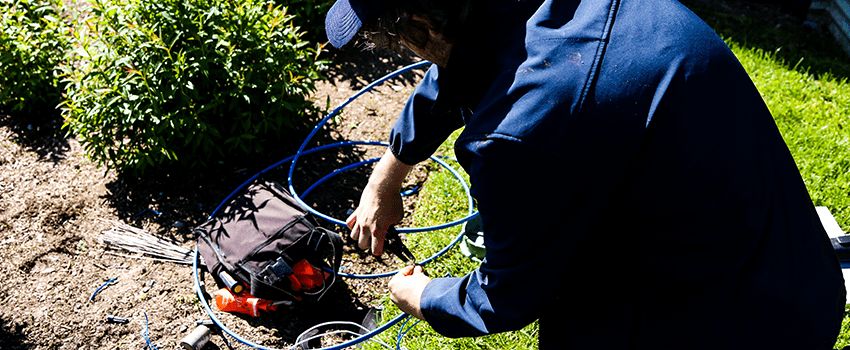
Being a homeowner comes with many chores and responsibilities. Some of them are easier to remember than others, and some you likely enjoy more than others. Taking care of your lawn is essential, and it can be a big task to take care of on your own. This blog will cover 3 of the biggest factors that impact the cost of an irrigation system.
When you invest in the cost of an irrigation system installation for your property, you’re also investing in your home, and you’re saving time and money. So, how much does an irrigation system cost? Well, some determining factors will help answer that question.
Related: What is an Irrigation System and Why is it Important?
1. How does property shape and size impact the cost of an irrigation system?
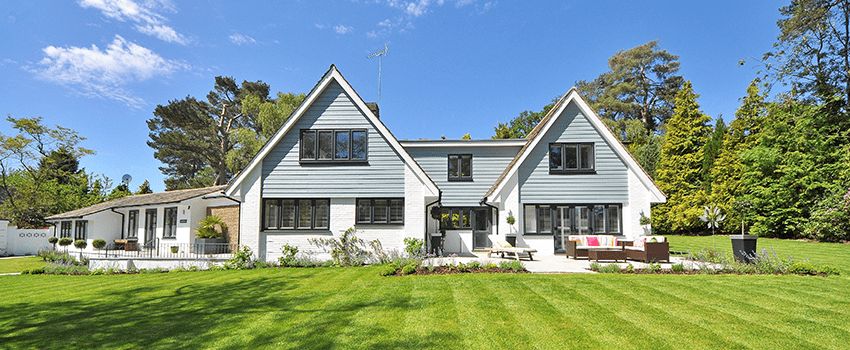
The main factor in determining lawn sprinkler system costs will include the size and shape of your property. The more lawn you have, the more materials will be needed to ensure your entire yard is reached when watering. If your property has an irregular shape, that can increase the cost as well.
Another factor is the quality of your soil and whether or not your property is on an incline. If you have finer, sandy soil, it can be easier for the installers to dig through the ground than if you have a rockier soil. Rocky soil can cause damage to the tools used to install the system. The technicians will have to do a lot of work by hand to ensure it’s appropriately installed and will work the way it’s supposed to. If you have many trees in your yard, their roots can also cause more difficulty in the installation process. If your property is on a slope or incline, this can alter the entire design of the system as it will have different requirements to prevent flooding or water pooling. It’s important to have a professional inspect your lawn before providing you with a quote for the cost of an irrigation system.
2. What is the water source and is the water pressure high or low?
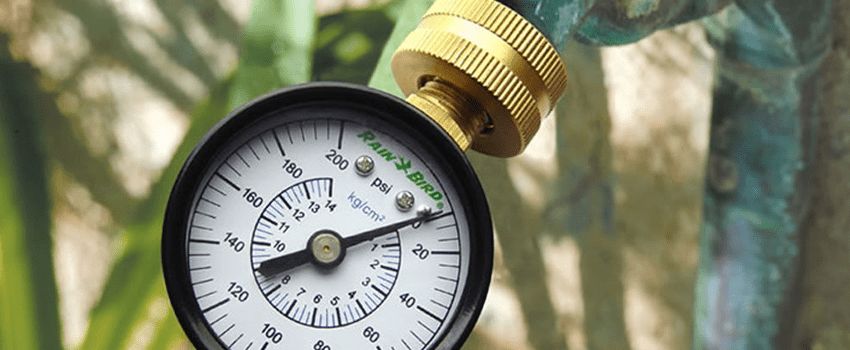 Your water source size can affect how much an irrigation system costs. A standard residential house typically has a ¾” water supply. If the house is in an older area or the water supply is inaccessible (finished basement) then the system water supply may be ½”. When you go to a smaller water supply, you have less available water (gallons per minute) to supply the system with. When we have less water available, the irrigation system will require more zones to ensure the system works properly. There are options to increase your gallons per minute if you have only a ½” water supply. Booster Pumps can be installed inline to increase the amount of water available to the irrigation system but it comes at an additional cost.
Your water source size can affect how much an irrigation system costs. A standard residential house typically has a ¾” water supply. If the house is in an older area or the water supply is inaccessible (finished basement) then the system water supply may be ½”. When you go to a smaller water supply, you have less available water (gallons per minute) to supply the system with. When we have less water available, the irrigation system will require more zones to ensure the system works properly. There are options to increase your gallons per minute if you have only a ½” water supply. Booster Pumps can be installed inline to increase the amount of water available to the irrigation system but it comes at an additional cost.
If you have low water pressure at your home, you may need to have a few more zones installed along with low pressure operating heads to ensure the system works effectively and efficiently.
3. Where is the irrigation system being installed: in new or existing landscaping?
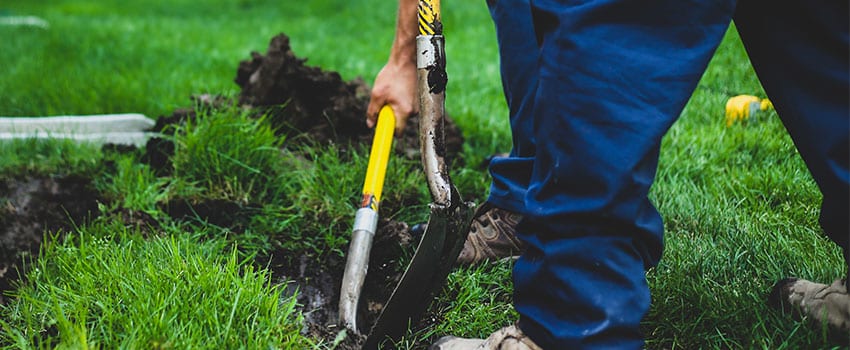
Having your sprinkler system installed with a new landscape is ideal for both your Landscape Contractor and your Irrigation Contractor as it will reduce some labour costs. If you have a brand new home that hasn’t been landscaped yet, this is the best time to hire a company to do your irrigation install because it will be less labour-intensive and take less time.
While a fully landscaped yard can still be done beautifully, it poses more challenges during install and is often more expensive.
Why should you consider installing an irrigation system?
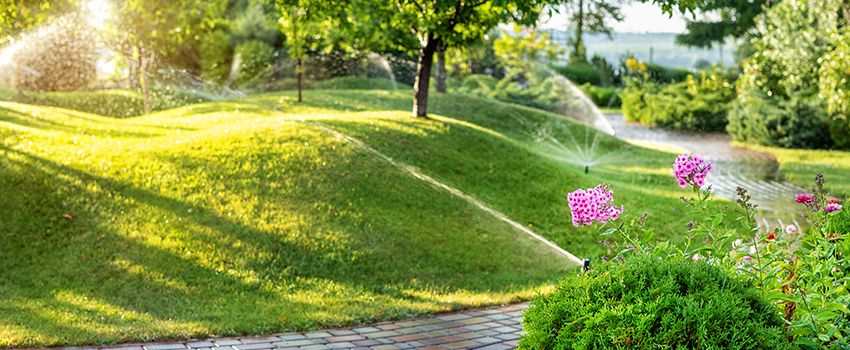
An irrigation system is an investment in your property, but the advantages are clear and important for homeowners to consider. A properly installed lawn sprinkler system can increase the property value and curb appeal of your home. If you decide to sell in the future, having a quality system already installed can be a huge selling point for homebuyers.
Having an irrigation system helps you take care of your lawn, effortlessly. With many new systems, they have built-in timers, so you can water your yard without having to do it manually or even think twice about it. You can also help reduce your environmental impact by using a smaller amount of water on your lawn. The upfront cost of an irrigation system ultimately ends up saving you time and money.
